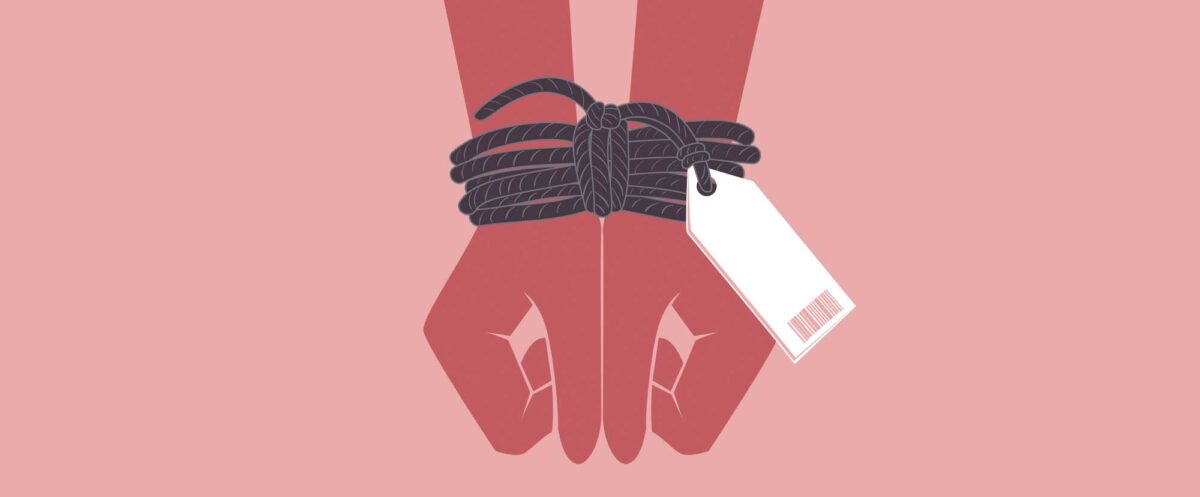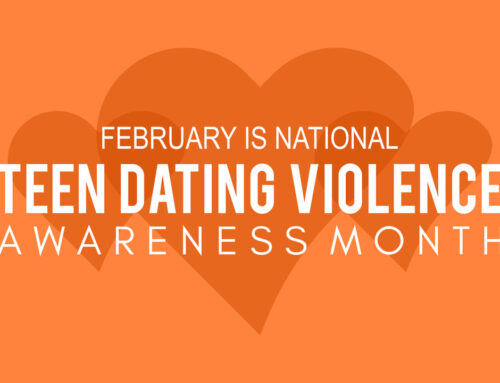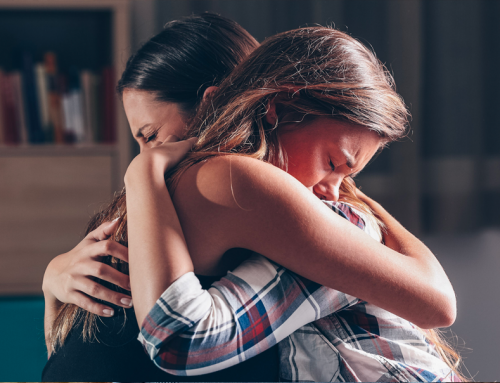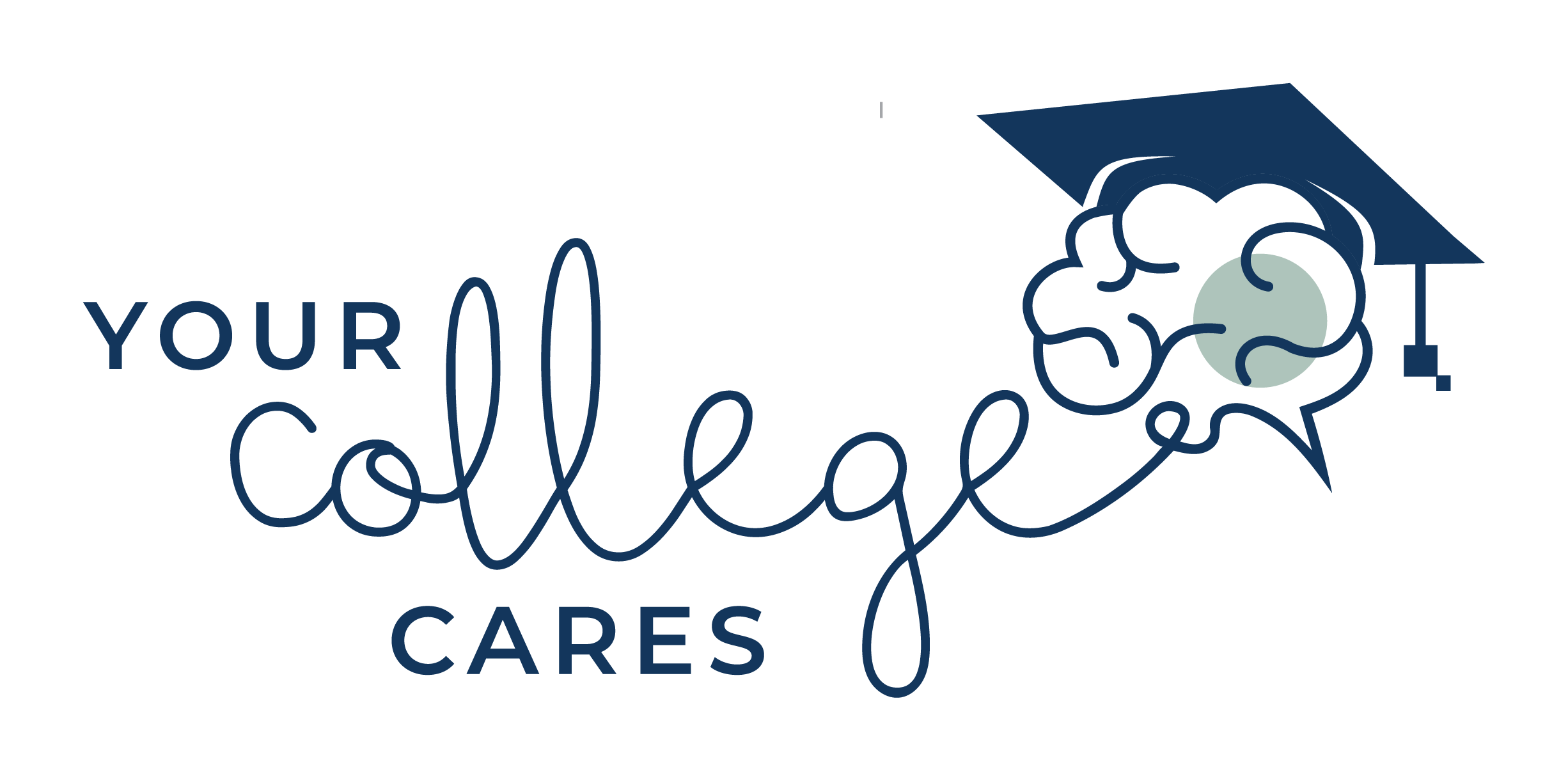
Human trafficking is a prevalent crime in the United States with tens of thousands of victims every year. If you can understand what human trafficking is, as well as know how to spot a victim and report the crime, you can do your part to help end it and get the victims the help that they need.
What is Human Trafficking?
Human trafficking, also known as trafficking in persons, is defined by the U.S. Department of Justice as a crime that involves compelling or coercing a person to provide labor or services, or to engage in commercial sex acts. In other words, human trafficking involves stealing one’s freedom for profit- otherwise known as modern-day slavery.
There are approximately 40.3 million people in modern-day slavery in the world, with an estimated 15,000 to 50,000 people being forced into modern-day slavery every year in the United States.
Traffickers force, trick, defraud, or coerce their victims to perform labor or sex services against the victim’s will. Some examples include prostitution, domestic servitude, strip club dancing, and hard labor jobs like agricultural work or construction.
Traffickers control their victims through coercion in many ways, using common schemes such as isolating a victim from friends and family, physical and emotional abuse, threatening the victim, and economic abuse. These tactics makes the victim feel scared, trapped, and vulnerable, and the traffickers create a dependency from it.
How to Spot a Victim
Anyone can be a victim of human trafficking, but prevalence can be found in people who have immigrated/ relocated, runaway/ homeless (especially youth), abuse substances, or have mental health concerns.
Although every trafficking victim is different, a victim may exhibit some of the below signs:
Being Controlled
- Not allowed to speak for themselves.
- Needs permission to make simple decisions (such as going to the bathroom).
- Refusal to make eye contact.
- One person is overly attached to them.
- No control of their ID/ passport, money, or bank account.
- Paid mostly in cash.
- Has little to no personal property.
- Wears the same clothes.
Mental and Physical Health
- Always fearful, anxious, tense, nervous, submissive, or paranoid.
- Appears to be under the influence of drugs or alcohol.
- Overly attached to one person.
- Physical abuse signs such as burn marks, bruises, or cuts.
- Overly tired.
- Withdrawn, depressed, or checked out.
Actions Taken to Prevent Human Trafficking
After passage of the 13th Amendment in the United States Constitution, Human Trafficking has been banned. Federal Statute 18 U.S.C. §§ 1581 and 1584 makes it a federal crime for someone to work under “debt servitude” or against one’s will. Additionally. Florida Statute § 787.06 also makes human trafficking a state crime.
Many local, State, and Federal law enforcement agencies have created task forces, such as the Tampa Bay Human Trafficking Task Force, in order to detect, investigate, and prosecute all forms of human trafficking, both on a domestic and foreign level.
Additionally, the Safe Harbor Act, passed by the 2012 legislature and signed into law helps ensure that child victims who have been trafficked for sex will not be criminally prosecuted.
How to Report Human Trafficking
If you think you are witnessing human trafficking, do not directly intervene.
In case of emergency, dial 911.
The National Human Trafficking Resource Center
If you know or believe you are a victim of human trafficking or suspect an adult is a victim, call 1-888-373-7888.
Crisis Text Line by the Crisis Center
If you suspect a child is a victim, call 1-800-96-ABUSE(22873).
Anonymous Crime Tips | Tip 411
Report human trafficking anonymously online, through the free TIP 411 app, or text CTYTIP and your tip to 847411.
Additional Resources and Sources
- National Human Trafficking Resource Center: 1-888-373-7888.
- Florida Department of Children and Families: 1-800-96-ABUSE.
- National Runaway Switchboard: 1-800-RUNAWAY
- National Center for Missing & Exploited Children: 1-800-843-5678
- U.S. Department of Justice- Human Trafficking.
- Statewide Council on Human Trafficking
- DeliverFund to Stop Human Trafficking.
- Abolish Movement to end Child Sex Slavery.




